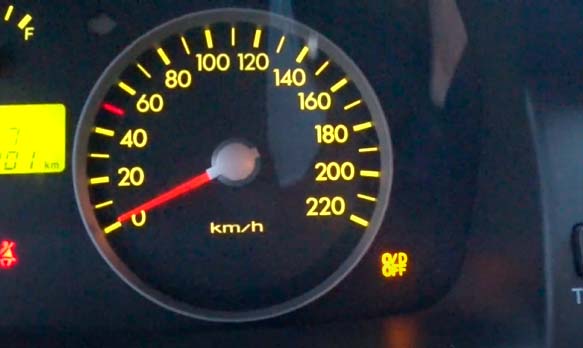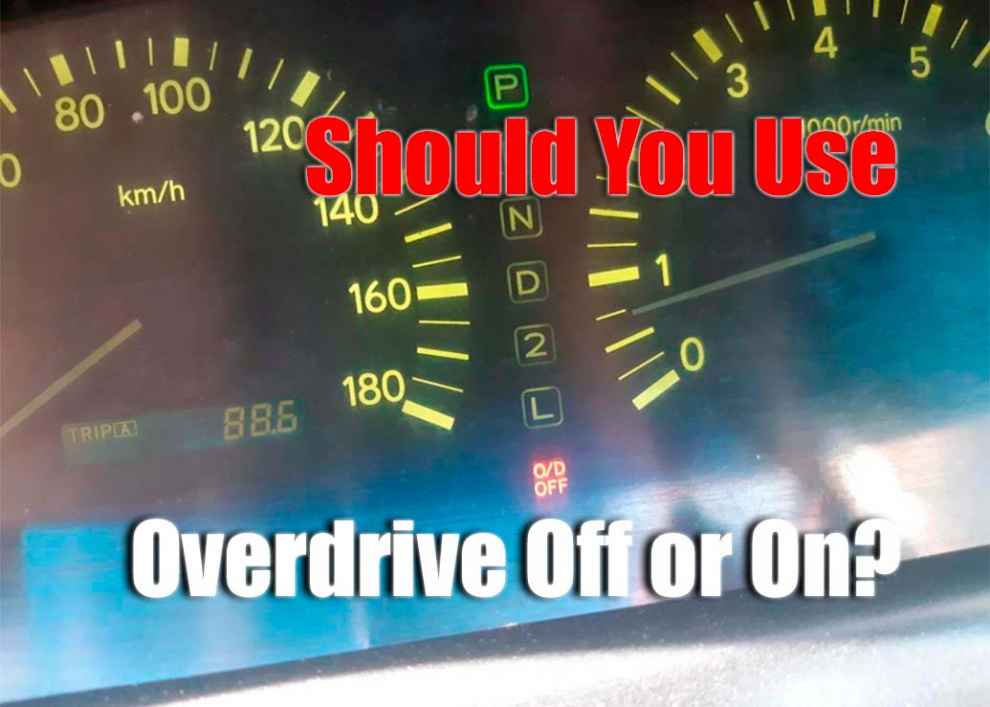The overdrive feature in a Jeep’s transmission system plays a crucial role in improving fuel efficiency and enhancing driving comfort. However, knowing whether to engage or disengage the overdrive can be a common dilemma for Jeep owners. In this article, we will explore the considerations surrounding the use of overdrive in a Jeep and provide insights to help you make an informed decision. We will examine the effects of overdrive on fuel economy, engine performance, and towing capabilities, as well as discuss specific scenarios where engaging or disengaging overdrive may be beneficial. By understanding the factors at play, you can maximize the efficiency and performance of your Jeep’s transmission system and make an informed choice regarding the use of overdrive.
Understanding How Overdrive Works in Jeep
In a Jeep, overdrive is a gear ratio in the transmission system that allows the engine to operate at a lower RPM (revolutions per minute) while maintaining higher speeds. This feature improves fuel efficiency and provides a smoother driving experience. When overdrive is engaged, the transmission shifts into a higher gear, allowing the engine to rotate slower for a given vehicle speed. This lower RPM range reduces the strain on the engine and decreases fuel consumption. Overdrive is particularly beneficial during highway driving or cruising at a constant speed, as it enables the engine to run more efficiently using a higher gear ratio. However, it’s important to note that there may be situations where disengaging overdrive is recommended, such as when towing heavy loads or driving on steep inclines. Disengaging overdrive allows the transmission to utilize lower gears, providing more power and torque for improved performance in these demanding conditions. By understanding how overdrive works in a Jeep and when to engage or disengage it, drivers can optimize fuel efficiency and tailor their driving experience to different situations.
Benefits of Using Overdrive

When to Turn Off Overdrive in a Jeep
Although using the overdrive feature in a Jeep typically increases fuel economy and reduces engine strain, certain driving conditions may require turning off the overdrive. When towing heavy loads or driving uphill, engaging overdrive may cause excessive engine strain and reduced power output. This is due to the decreased torque in higher gears, which can lead to increased stress on the engine and reduced performance. In these scenarios, disengaging overdrive allows for easier gear shifting and increased power output due to lower gear ratios. In addition, when driving at low speeds or navigating sharp turns, it’s best to disengage overdrive as it causes an increase in RPMs that could cause damage to the transmission system. Considering which specific situations may require turning off the overdrive helps ensure optimal performance for your Jeep’s transmission system while maximizing fuel efficiency.
Conclusion
Using the overdrive setting on your Jeep can improve fuel economy, reduce engine wear and noise levels, and enhance comfort during long-distance highway trips. However, knowing when to engage or disengage the feature is key for optimizing its efficiency and performance under various driving conditions. When towing heavy loads or navigating steep inclines or sharp turns, engaging overdrive may cause excessive engine strain and reduced power output. In these situations, disengaging overdrive allows for easier gear shifting and increased power output due to lower gear ratios. Considering the various scenarios when using overdrive can help you make an informed choice regarding its use and maximize the efficiency of your Jeep’s transmission system.

Add Comment